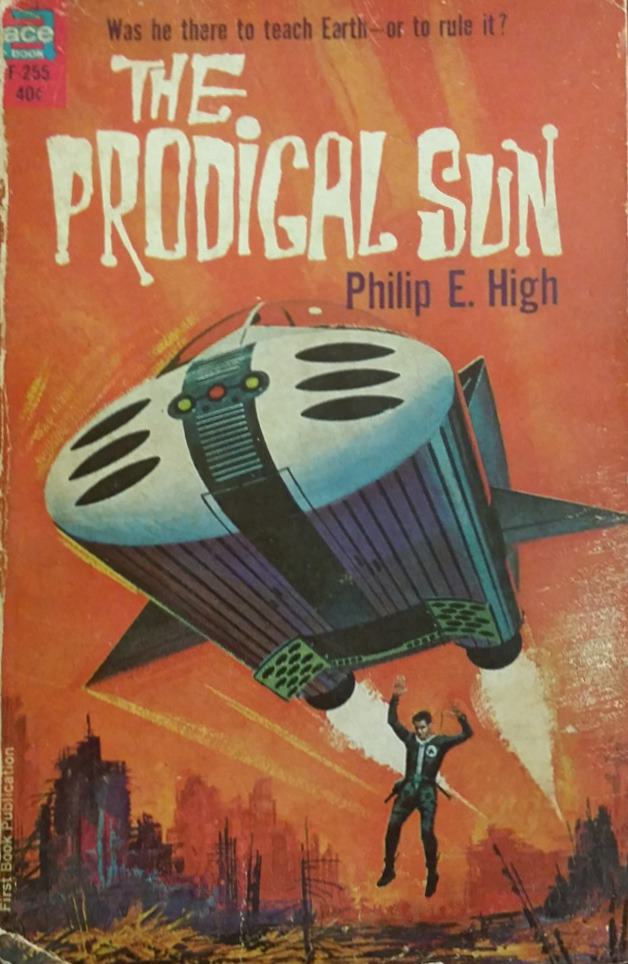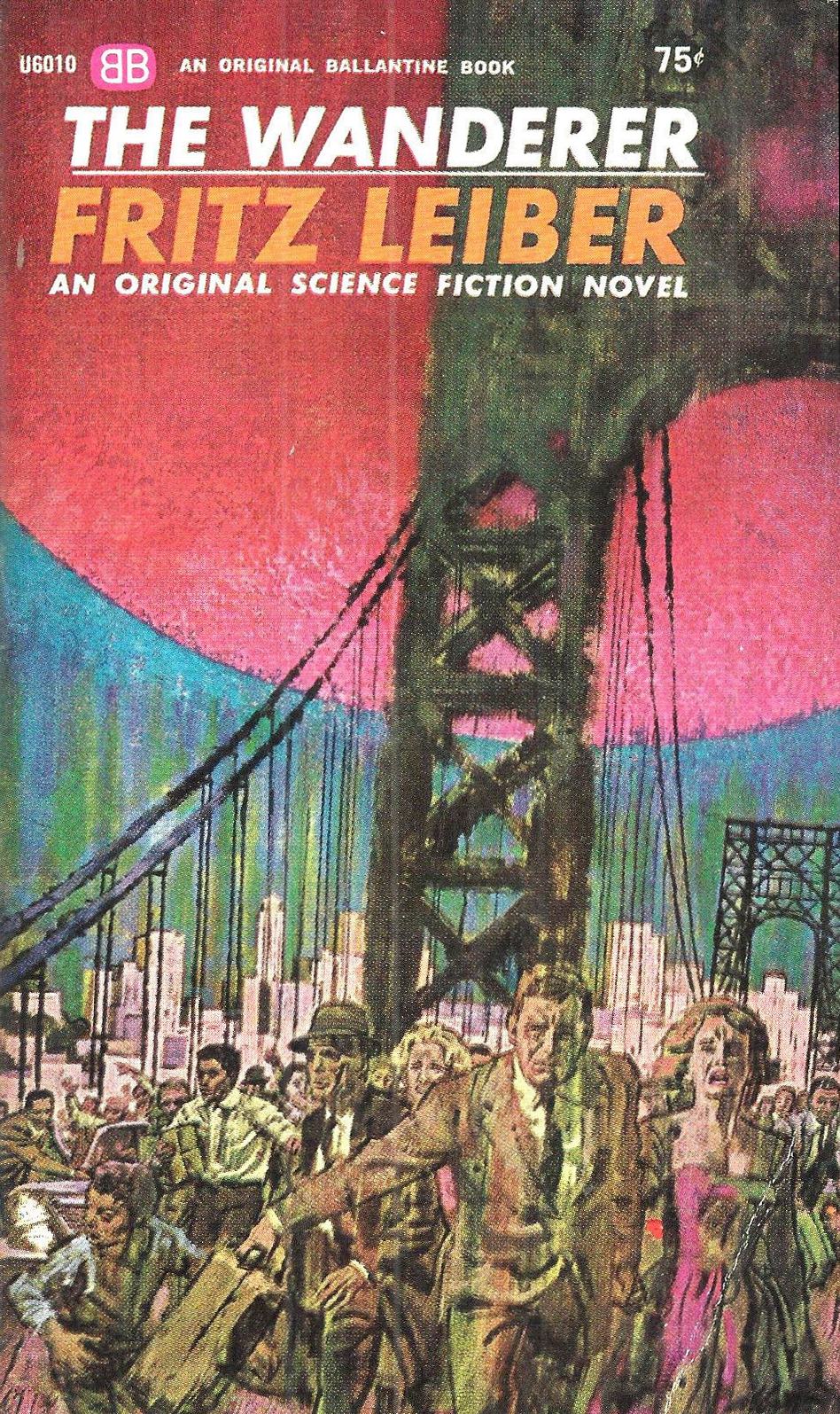
by Rosemary Benton
March and April have been very satisfying months in terms of science fiction literature that really revels in the art of creating alien worlds and cultures. Between Andre Norton's next installment in the Witch World series, Web of the Witch World, and the Ace Double release of Jack Vance's novellas The Houses of Iszm and Son of the Tree, science fiction readers had their pick of genre crossing science fiction. Andre Norton's book was, like much of her works, a solid science fiction and fantasy blend with technology and supernatural elements working side by side to create a world of complicated politics and alliances. Jack Vance, on the other hand, displays an ability to write classic science fiction with a hint of sinister terror lurking at the heart of his stories.
Ace Double F-265: The Houses of Iszm / Son of the Tree, by Jack Vance
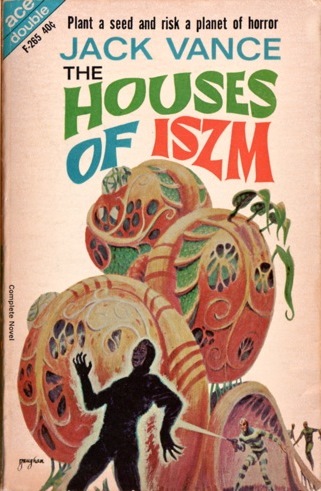
The book can be viewed here and purchased here
The Houses of Iszm (originally published in a shorter form in “Startling Stories” magazine, 1954) and Son of the Tree (“Thrilling Wonder Stories” magazine, 1951) are both older stories of Jack Vance's, but ones which have yet to show their age. In keeping with each other, the plot twist of both stories centers around strange societies with strange practices designed to keep an intellectual stranglehold on valuable information and technology. Vance likewise reuses similar settings and pacing in both stories, making them feel as if they could be long lost relatives of each other both existing in the same universe but not aware that they were related.
The Houses of Iszm follows the unassuming adventure of Earthling botanist Aile Farr's visit to the planet Iszm. While there he hopes to observe the unique and highly coveted native flora that the native peoples have shaped in wondrous ways. Through thousands of years of selective breeding the people of Iszm have evolved a form of plant that serves both as their domicile, their plumbing system, and their source of food and hydration. Only recently has Earth set up one sided trade relations through the house growing classes of the Iszic. The man who holds a monopoly on this off world house trade is the human industrialist K. Penche.
Unwilling to part with their trade secrets, the Iszic are the only ones in the universe who have access to the coveted techniques for the rearing of plant domiciles. Despite innumerable attempts to smuggle female seeds, cuttings or saplings off planet there has never been a successful attempt, although that doesn't stop the greedy and the blindly altruistic from trying – for the sake of personal riches or for the sake of the universe's homeless who would benefit from a self growing and repairing shelter. Aile Farr is one of the latter, and through a mix of professional curiosity in plants, bad timing, and naiveté he finds himself caught in the middle of one such ambitious attempt to get a Iszic house seed off world.
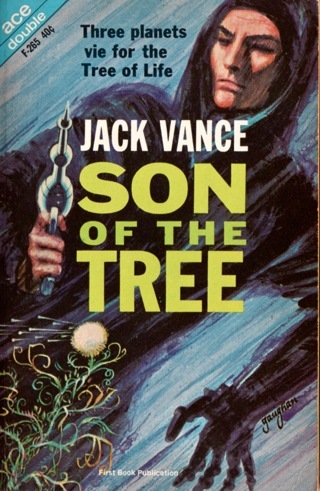
The book can be viewed here and purchased here
On the flip side of this Ace Double is Son of the Tree. This Jack Vance story unfolds around the revenge driven, and unassumingly named, Joe Smith of Earth. Traveling across the universe on whatever money he can gather, Joe is in pursuit of a man named Harry Creag who had an affair with Joe's wife, Margaret. Along his pursuit of the elusive adulterer, Joe comes to a feudal world whose ruling class is unified around a religion that worships a massive tree called The Tree of Life. Just trying to make enough money in order to continue his pursuit of the man who stole the heart of his wife, Joe becomes entangled in the dangerous back stabbing of opposing regimes vying for control of the minds of the planet's laity, as well as the natural resources of the newly industrializing neighboring planet Ballenkarch. He soon finds himself as an unwilling pawn in the mechanizations of many dangerous missionaries, spies and military personnel who see him as a means to their end. Joe struggles just to survive, but he is inexorably drawn into the intrigue as an active player.
While The Houses of Iszm is less plot heavy than Son of the Tree, it shows a more sinister world. In Son of the Tree there is no misunderstanding that literally billions of lives are at stake in the political power play between the Druids, the Mangs, and the Ballenkarts. But by the end of Son of the Tree the evil of the people-consuming Tree of Life and its offshoot is revealed and measures are being taken to stop its slaughter of the Druid laity. Granted, Harry Creath admits that it will be a blood soaked venture, but he suggests that it will give back purpose and self determination to the peasants on the Druid's world. There is a sense of justice by the end of the book, even if it is a bitter justice. The Druid laity will be free in time, Ballenkart has avoided disaster by killing the sprout of the Tree of Life that was planted in its soil, and the Mangs have not conquered the planet.
There is no such justice to be found in The Houses of Iszm. There isn't even any societal change, positive or negative, brought about through the suffering and sacrifice of the people caught in the heist of the Iszic house seed. After the initial field raid that Farr witnesses on Iszm, Farr is tested and questioned to see if he had any hand in the plot to steal the house cultivation secrets of the planet. Part of this interrogation involves him being shown the newest experiments the Iszic are testing – the merger of animal and plant to create new potential structures. The animal part of this experimentation is a living, sentient being that was captured during the raid and lobotomized. He was then “planted” before scientists coaxed vegetation to grow from his body.
It's a nightmarish concept, and one for which the Iszic face no consequences. Granted, the experiment is a failure, but the reader is not shown that the experiments will halt, or even that there is any remorse felt by the Iszic for what they are doing to the poor being. Indeed, it's safe to say that there will be other people who will be tortured in the same manner. After Farr leaves the planet and begins his journey to Earth, there is no sign that things will be anything but business as usual in the labs of Iszm. The plot continues on without a backwards glance.
This sense of “take what you can and run” is pervasive throughout The Houses of Iszm. Justice seems to be only that which you bargain for as in Farr's sale of the smuggled seed to K. Penche, or the quick cover up of the death of the Iszic after the final confrontation at K. Penche's house. More than anything, it seems as if the creed of Jack Vance's worlds is "he who can afford to buy the power (female house seeds, knowledge of the true nature of the Tree of Life, etc.) makes the rules."
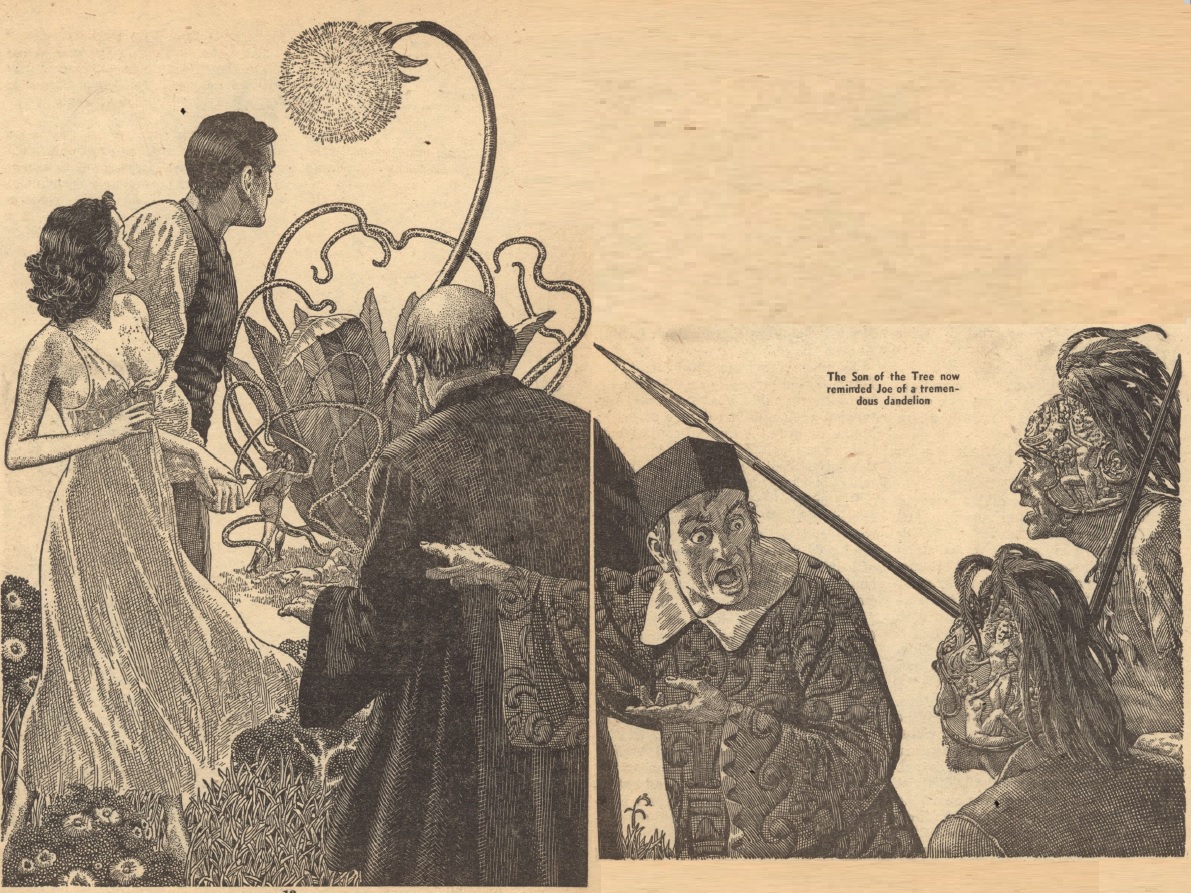
It would be interesting to see these two stories merged to tie up some of the loose story elements in both books. For instance, what if the tree Aile Farr sold to K. Penche became the horrendous Tree of Life on Kyril? It being a male sprout Penche purchased from Farr, combined with the fact that Iszic house growing secrets would never be given up willingly, then Penche would be required to spend his resources learning to reverse engineer the Iszic growing techniques for the sake of mass producing tree homes. Zhde Patasz of Iszm made it very clear to Farr during his visit that trees are semi-sentient and directly interact with their occupants in a symbiotic way. But there is such a thing as a mad tree. An organic man-made monstrosity created in a lab for the purpose of mass marketing at an affordable price would be an very interesting origin story for the Druid's sacred tree.
Although at times wavering unsteadily between fun action adventures and pessimistic commentary on the balance of power, Jack Vance's works have definitely fired my imagination. I look forward to reading more of his work in the very near future.
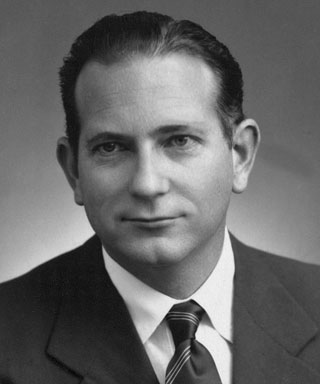
Web of the Witch World by Andre Norton
Picking up shortly after the conclusion of Witch World, Web continues with the trials of the citizens of Estcarp and their allies as they fight to save Loyse of Verlaine from kidnappers and contain another attempt by the Kolder to return to the home dimension of the former witch Jaelithe, the Earth man Simon Tregarth, Loyse, Koris of Gorm. As in its predecessor Witch World, Norton's focus on the balance of power (both technological and supernatural) alongside the geo-political intrigue remains crucial to the advancement of the plot. But also just like Witch World there is little development in the characters' personalities.

The book can be viewed here and purchased here
It's not hard to empathize with Norton's characters, but it's difficult to rationalize why we should be invested in them. Other than the hardships endured by their physical characteristics (plain faced Loyse or oddly shaped Koris), or the duties of their positions (Falconer, Witch, Border Warder, etc.), what can be said about any of these people who inhabit the the lands of Witch World? To say that any one of them is persistent, brave or intelligent is too generic a statement since these descriptors apply to all of them. Koris could be said to be the more brash of the primary protagonists, but even that is tempered by a seemingly universal understanding amongst the characters that the greater good of Estcarp and the protection of Loyse could be jeopardized with too much bravado.
In both Witch World and Web of the Witch World there are precious few characters who will act outside of the universally held objectives of their respective groups – all Kolder (native Kolder as well as their agents) work for the goal of cross-dimensional conquest, and all Estcarp allies work for the wills of the Guardians. Putting the two stories side by side the only characters who felt as if they evolved somewhat into distinguishable people were Aldis and Simon Tregarth.
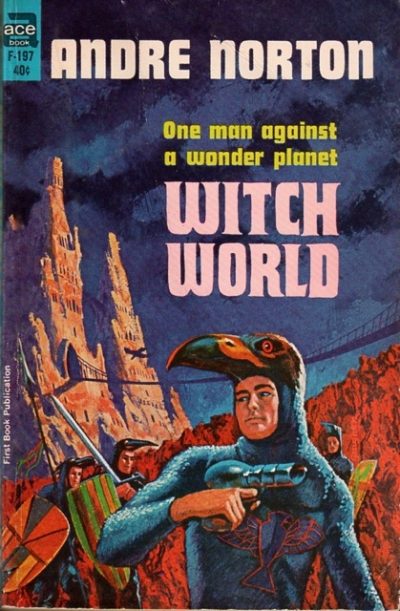
As mistress to Yvian, Aldis is in a precarious position of power that could easily be lost should Yvian tire of her company or if he should recapture his runaway bride Loyse and cement a union between his territory and Verlaine. We see her exhibit cunning, duplicity, manipulation and forethought in Witch World, as well as a hardened self-serving determination to survive in a society where women are secondary accessories to the lives of the men who rule them. Sadly, only a little of this characterization survives into the plot of Web of Witch World before it is overridden by the mind control of the Kolder. Once an unpredictable and capricious character who added an edge to the chapters she appeared in, the Kolder force her to take wooden actions with nearly none of her classic cunning.
Simon Tregarth, the man from another Earth, is one who I desperately wanted to see evolve from his flat personality in Witch World. Thankfully, in Web of Witch World he does mature somewhat as a character. Between the time when the first book ended and the second one begins Simon and Jaelithe have married. It feels like a massive waste not to have been privy to the turmoil that must have been present within Jaelithe during that time as she officially sacrifices her Witch power, her position amongst the leadership of Estcarp, and sole possession of her physical body for her love of Simon. Apparently she must have come to terms with the trade, because things seem to be peaceful between them until one morning when both she and Simon feel a call of the power. Elatedly she declares that she feels whole again and goes off on her path in the plot, leaving the reader with some of the first real insight we have had into Simon – and that insight is that he is wildly insecure about this return of Jaelithe's power.
In only a handful of instances does the writing dive back into Simon's head to analyze this development in their relationship and how it affects Simon, but through it we are treated to a small character arc in which a character is motivated to action by more than a call to a greater good or service. Simon goes through an initial bout of self doubt that he wasn't enough to make Jaelithe feel whole since the loss of her power. Now that she has it back he's worried that she will begin to prioritize her role as a magic user over her relationship to him. He worries that her career as a Witch will pull them apart from each other physically as well as emotionally. He even begins to resent her as “defecting” from him until he starts to realize that that kind of thinking is playing into the hands of the Kolder who intend to drive a wedge between all those who oppose them. Ultimately Simon realizes that Jaelithe's reestablished connection with magic is not a threat to their marriage. He comes to see her as an equal and a powerful ally in the fight against the Kolder.

Andre Norton's Witch World is shaping up to be a series that will be most appreciated by fans of fast action political epics. It's not a series for those who are looking for a character study, or for a story that develops due to interplay between unique and interesting people. Again, as I said about Witch World, Norton has laid the foundations of a world with many interesting facets. The inter-dimensional travel, technology so advanced people have reverted to calling it magic, and deeply divided cultures are fun, but this world building takes far more precedence in the plot than the people within it.

![[April 16, 1964] Of Houses and World Building (Jack Vance's The Houses of Iszm/ Son of the Tree and Andre Norton's Web of the Witch World)](https://galacticjourney.org/wp-content/uploads/2019/04/640416double-640x372.jpg)
![[April 14, 1964] COOKING WITH ASH (the May 1964 <i>Amazing</i>)](https://galacticjourney.org/wp-content/uploads/2019/04/640414cover-672x372.jpg)

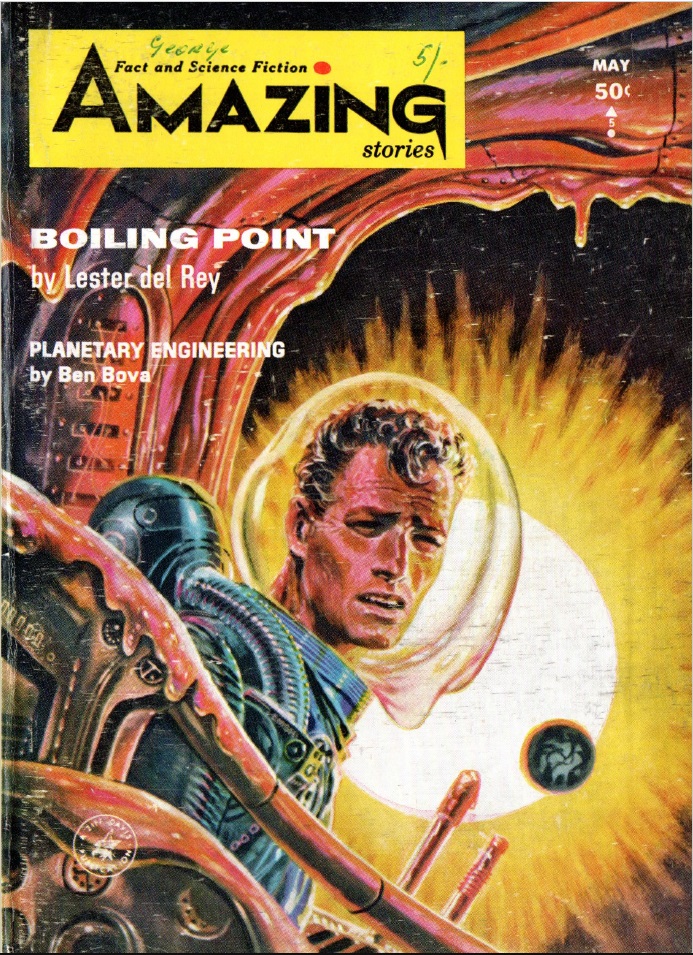
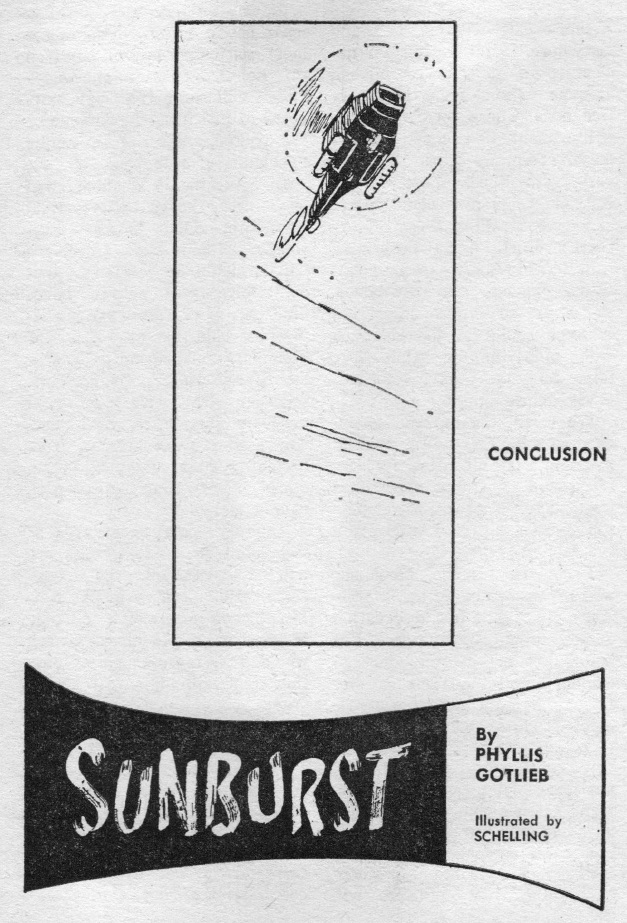
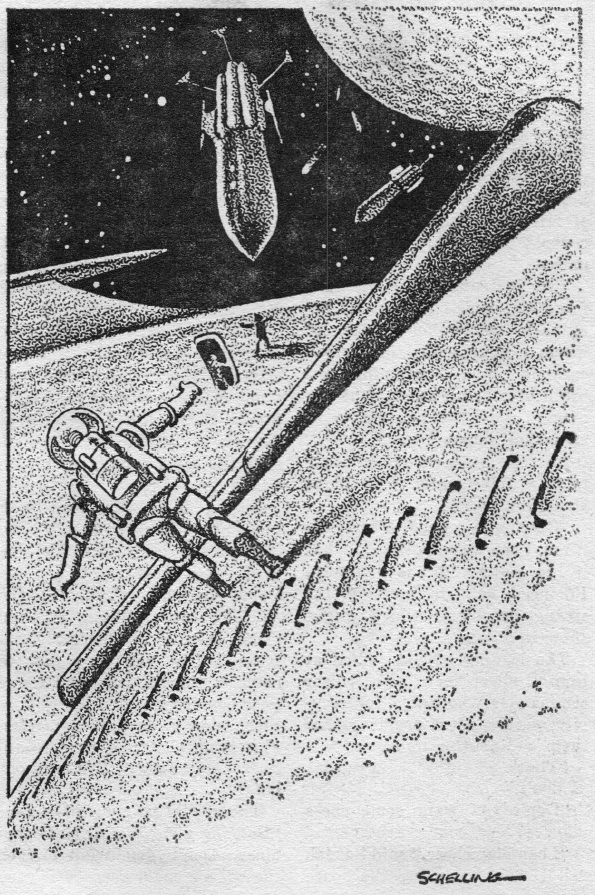

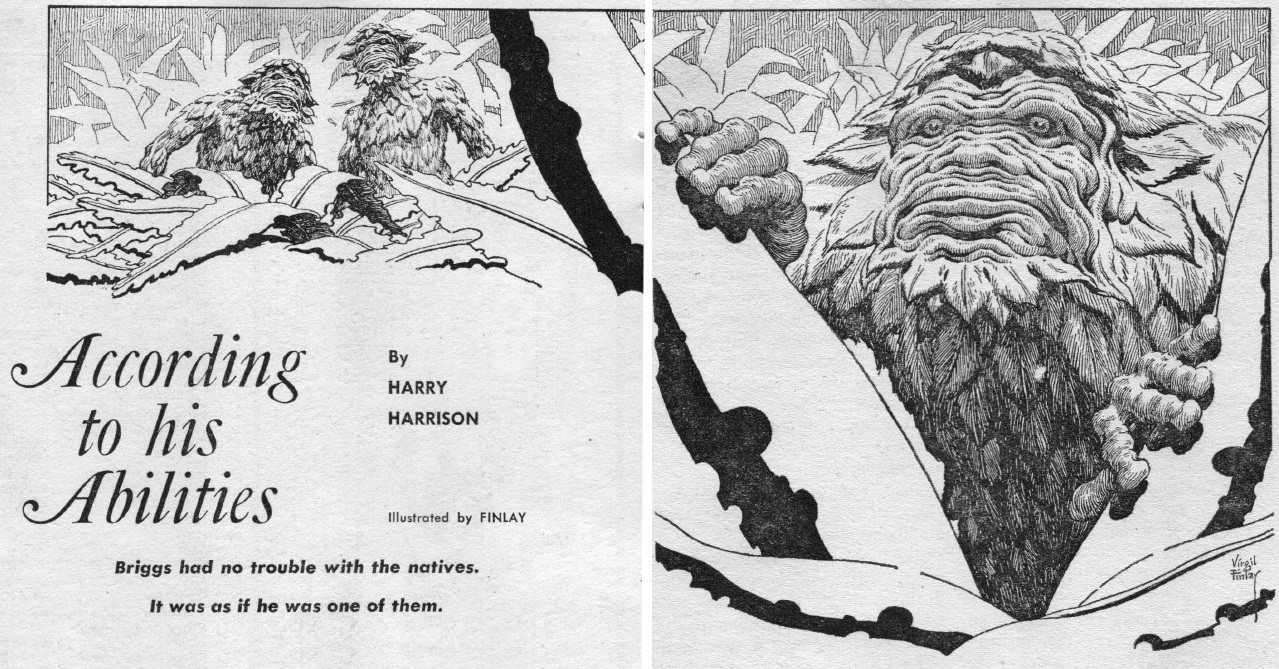
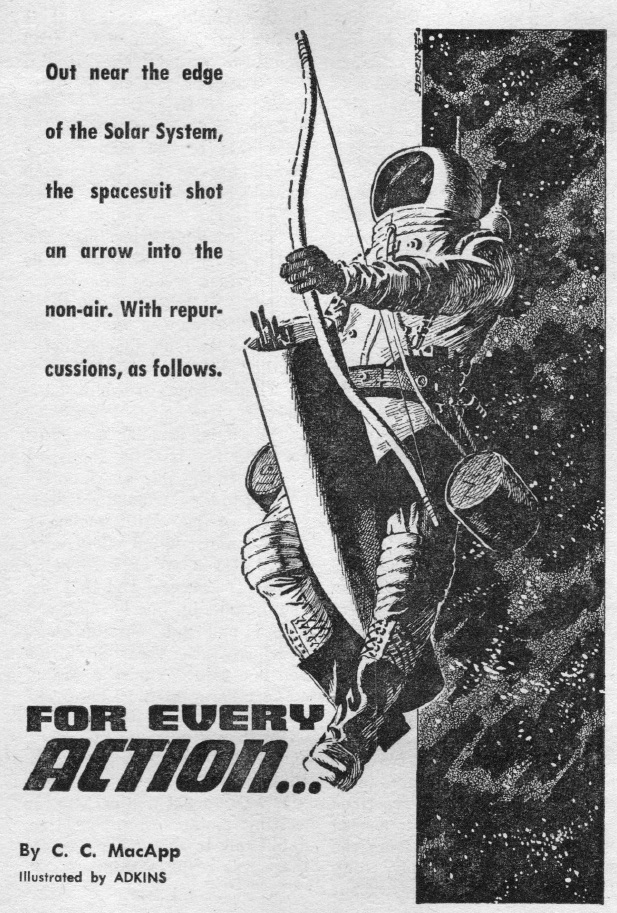
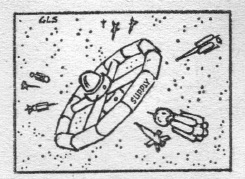

![[April 12, 1964] Mold of a Man (<i>The Outer Limits</i>, Season One, Episodes 25-28)](https://galacticjourney.org/wp-content/uploads/2019/04/640412b-672x372.jpg)


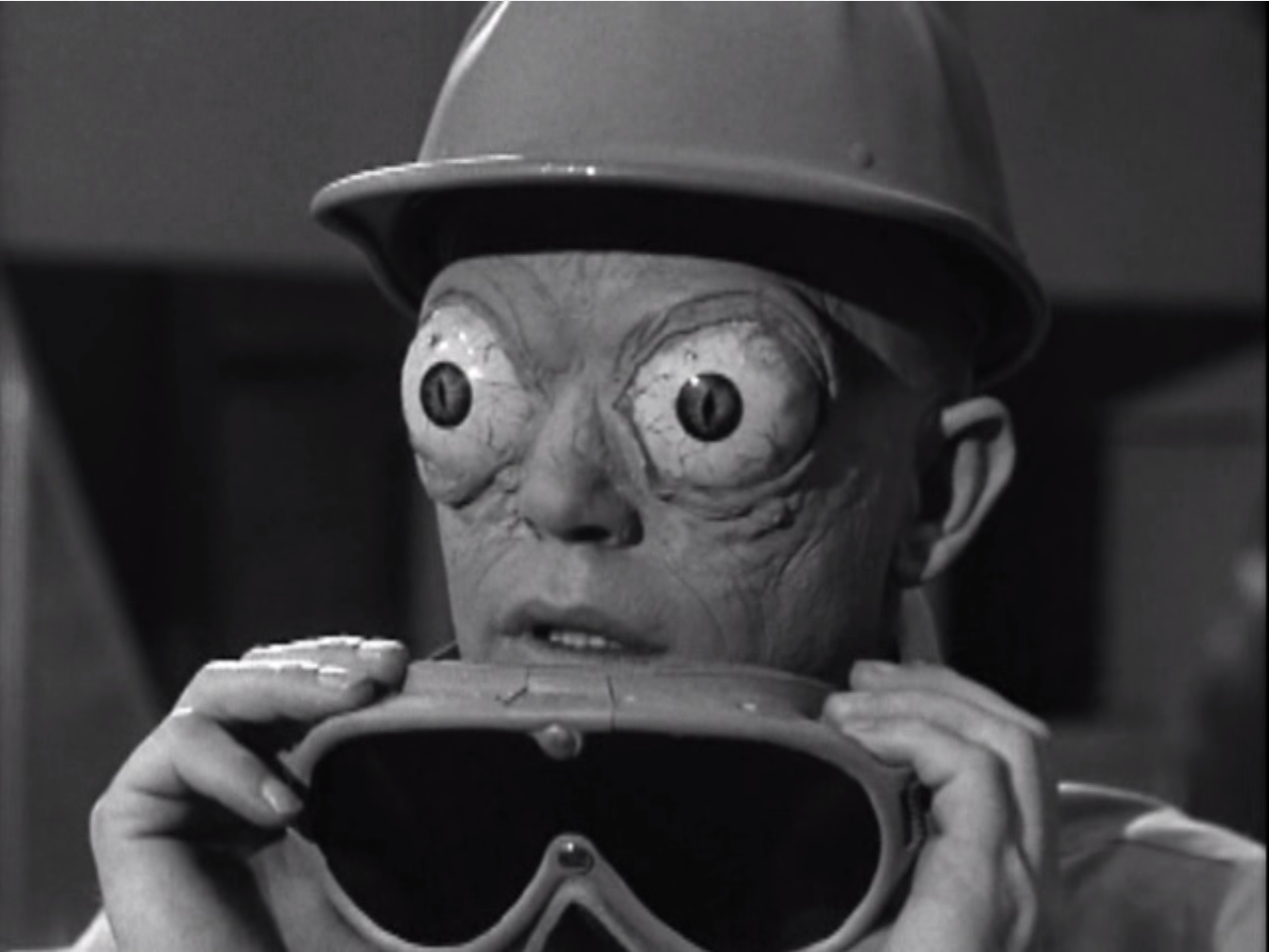
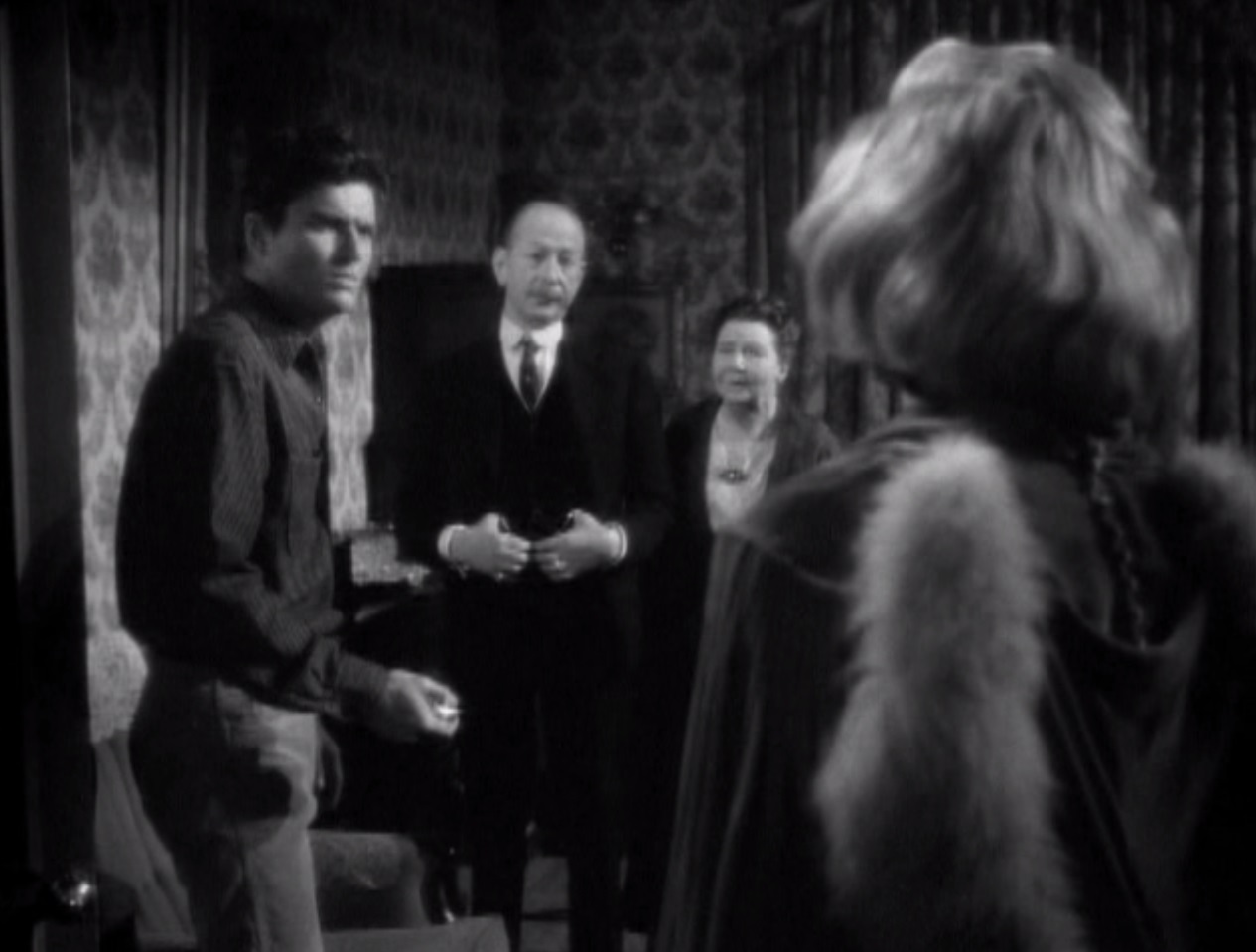




![[April 10, 1964] Piercing the night (Gemini, Zond, Kosmos 28, and Explorer 9)](https://galacticjourney.org/wp-content/uploads/2019/04/640410gemini-672x372.jpg)

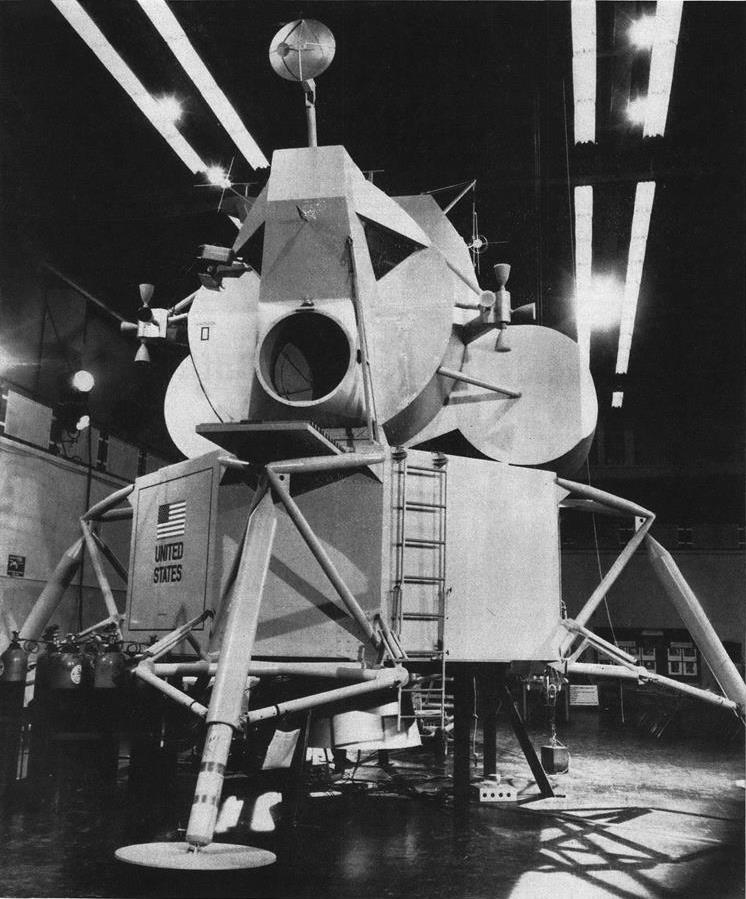

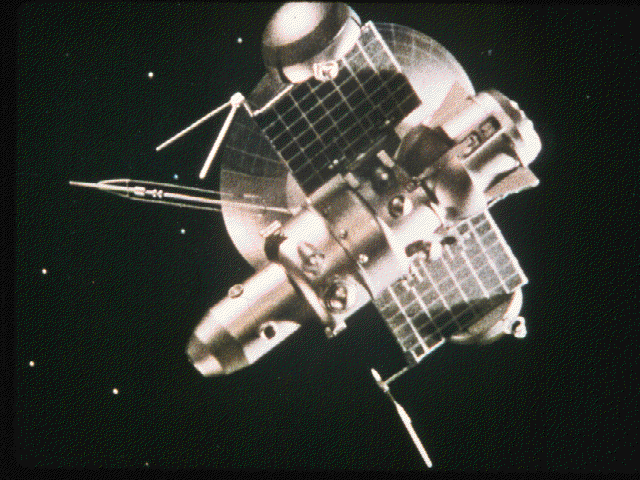


![[April 8th, 1964] Pooooolo! (<i>Doctor Who</i>: Marco Polo, Parts 5 to 7)](https://galacticjourney.org/wp-content/uploads/2019/04/640408costumes-672x372.jpg)

![[Apr. 6, 1964] The art of word-smithing (May 1964 <i>IF</i>)](https://galacticjourney.org/wp-content/uploads/2019/04/640406cover-672x372.jpg)




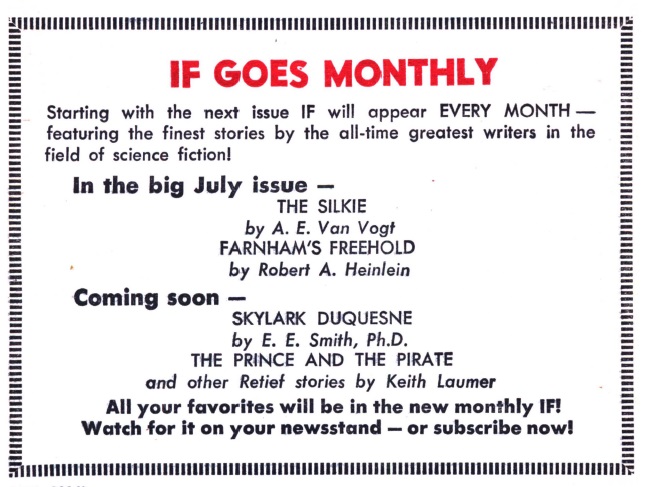
![[Apr. 4, 1964] A taste of brine (the book and movie, <i>The Amphibian</i>)](https://galacticjourney.org/wp-content/uploads/2019/04/640403AM_1-672x372.jpg)

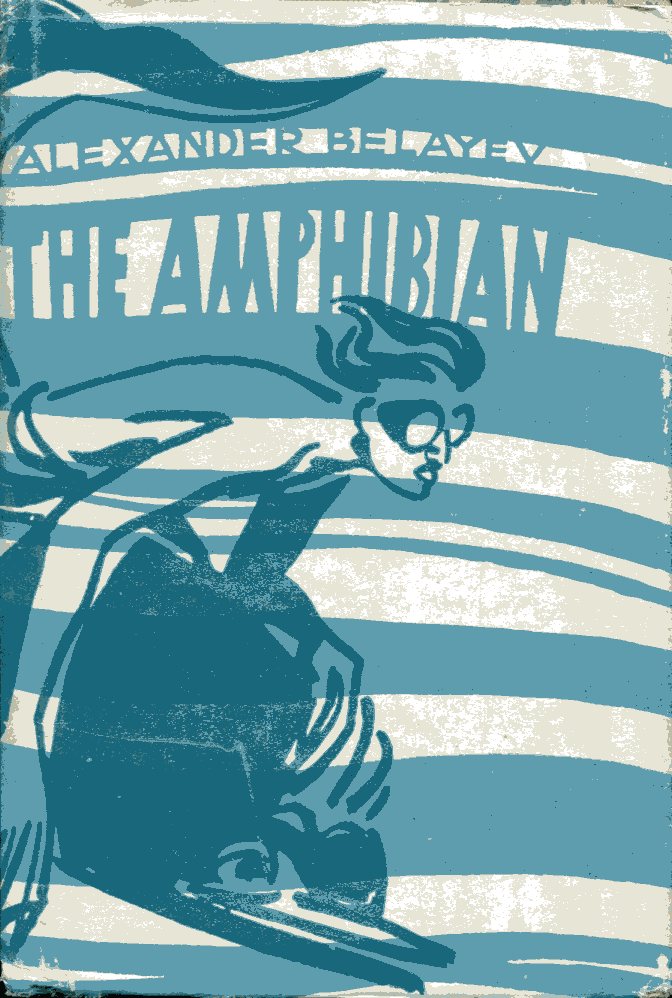
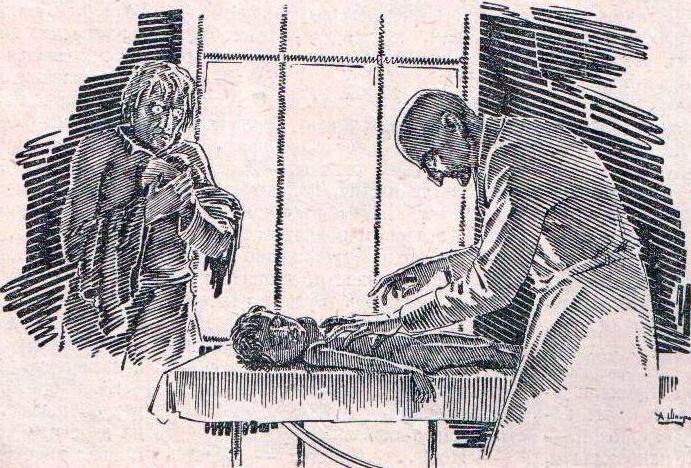

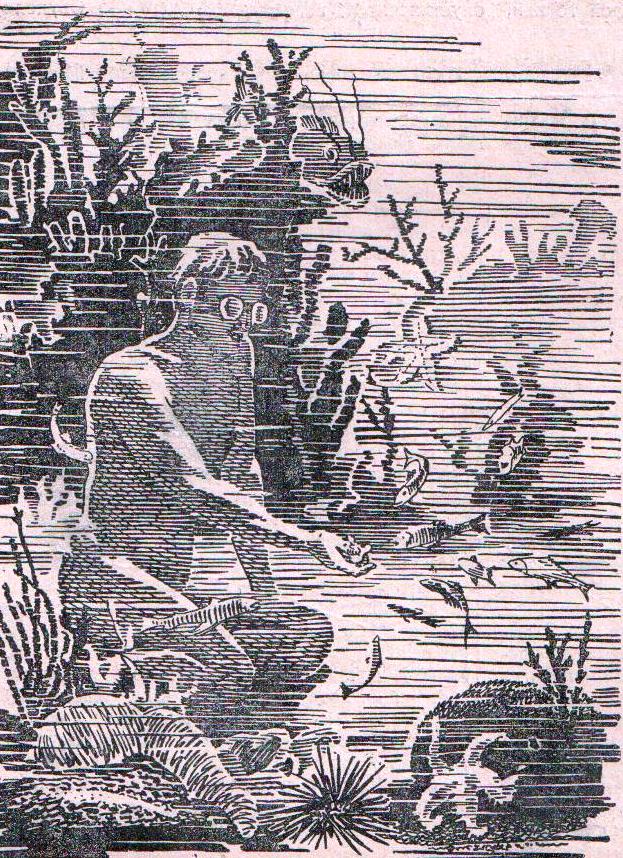
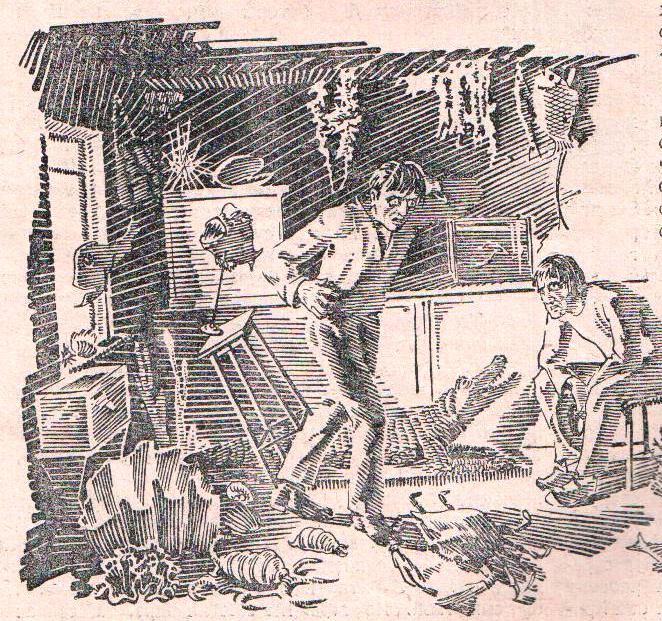
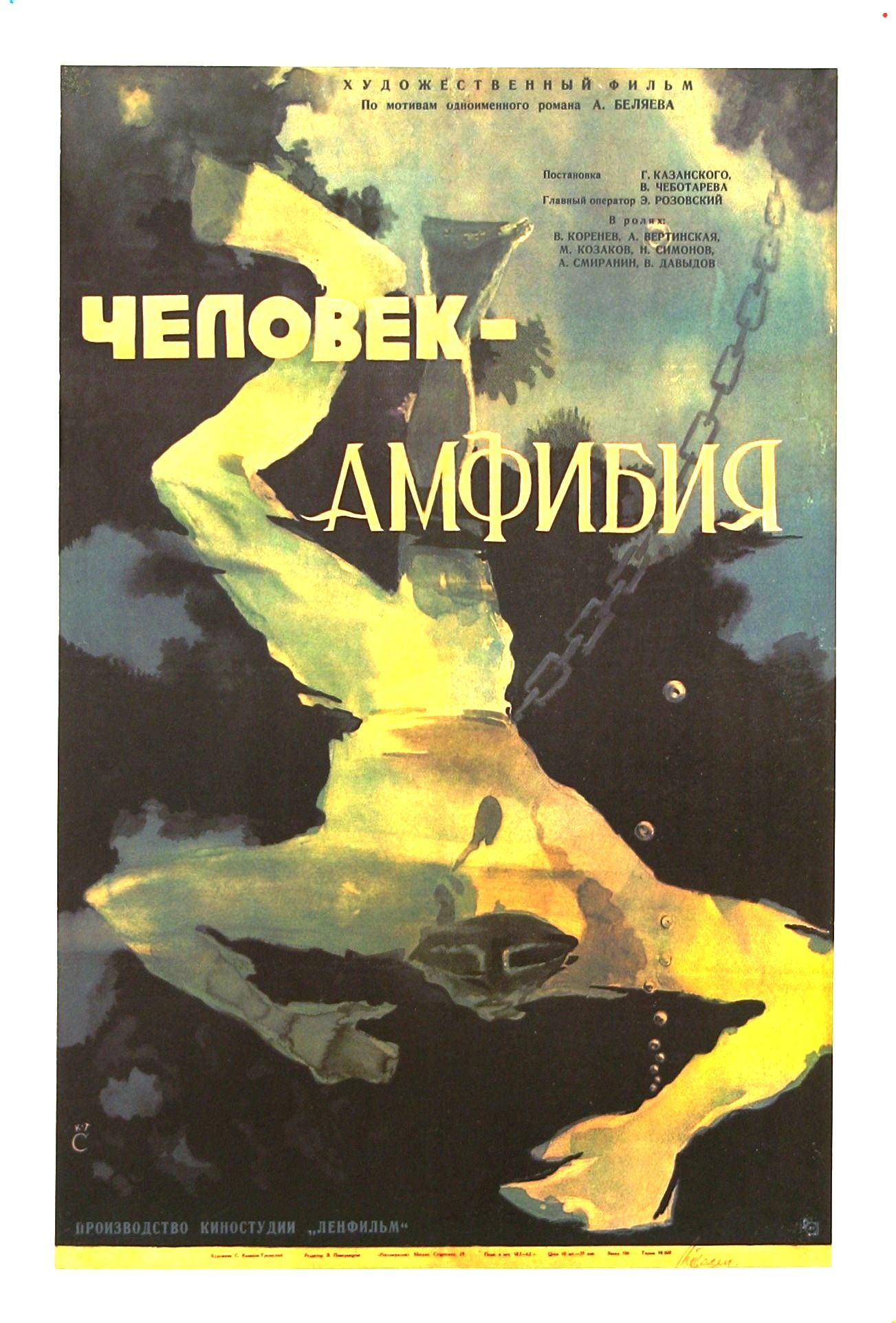

![[Apr. 2, 1964] The Joke's on me (the uninspiring April 1964 <i>Analog</i>)](https://galacticjourney.org/wp-content/uploads/2019/04/640402cover-672x372.jpg)




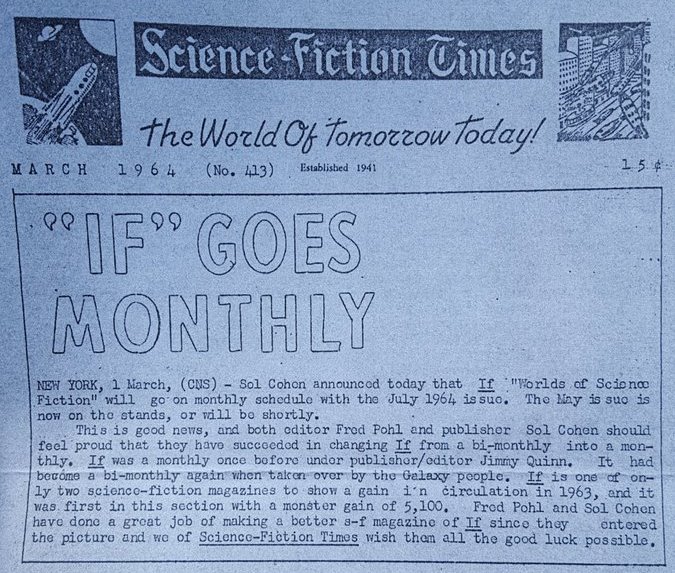

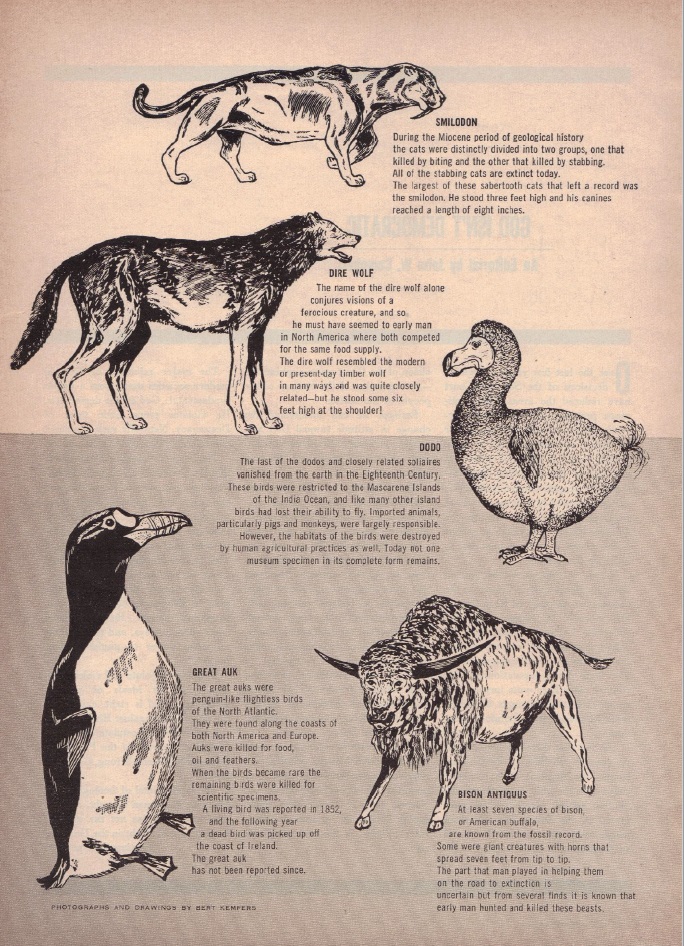
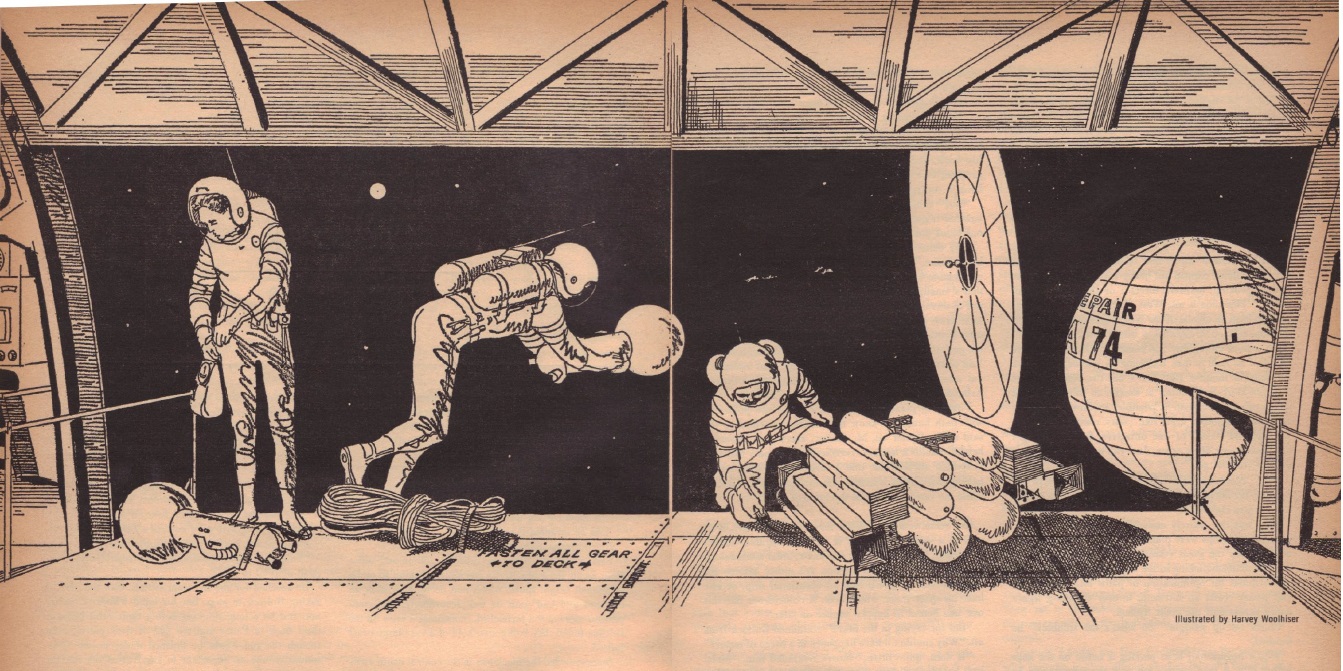
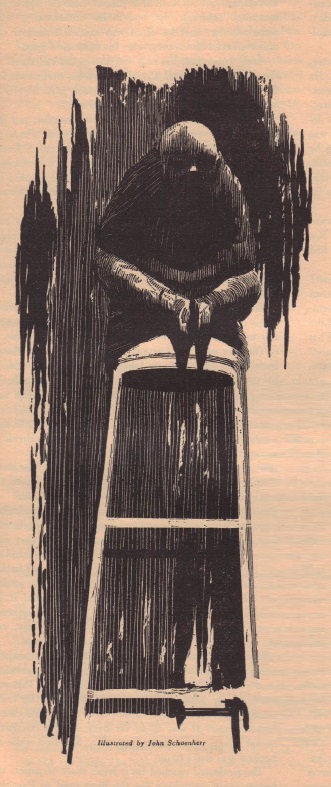
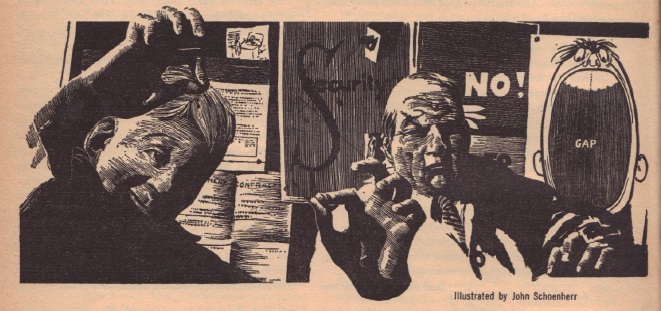
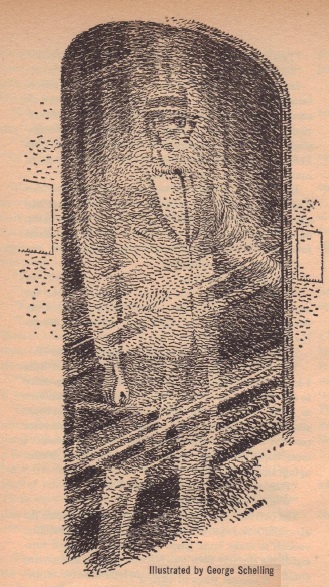

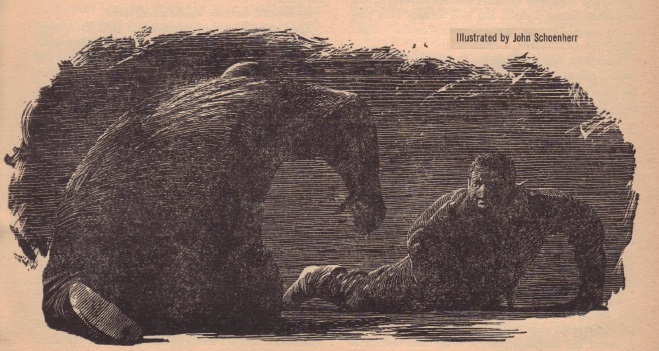
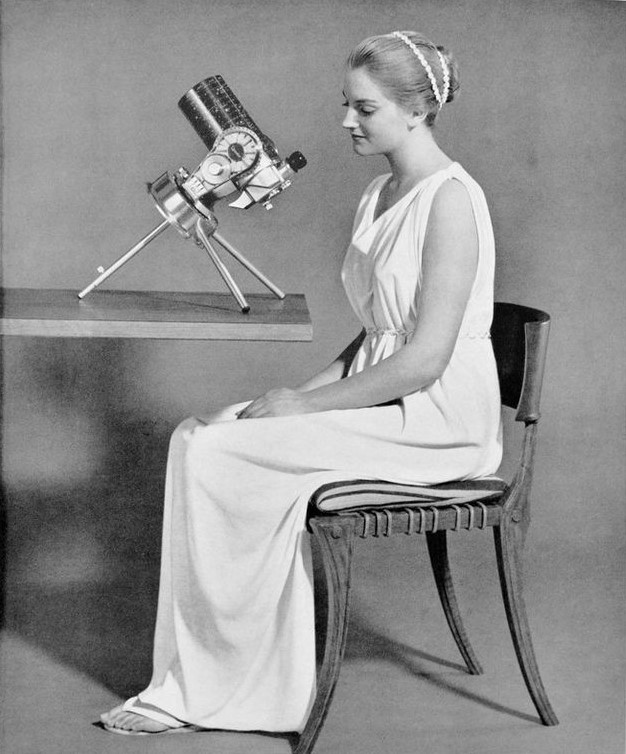
![[March 31, 1964] 7 Faces and 7 Places (The movie, <i>7 Faces of Dr. Lao</i>)](https://galacticjourney.org/wp-content/uploads/2019/03/640331a7_Faces_of_Doctor_Lao_.jpg)








![[March 29, 1964] Five by Five (March Galactoscope)](https://galacticjourney.org/wp-content/uploads/2019/03/640329marooned-1-417x372.jpg)

